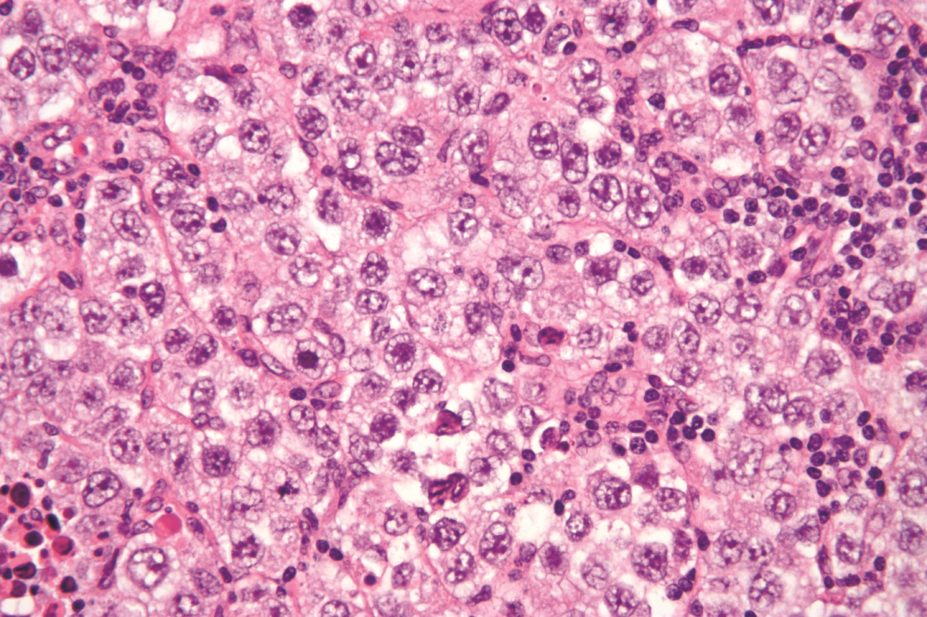
Nephron / Wikimedia Commons
Testicular germ cell tumours (TGCT) are the most common cancers in young men. The incidence of TGCTs has doubled over the past 40 years in Western Europe, which implicates environmental factors in disease aetiology, though these factors have not yet been identified. But TGCT is known to also have a strong genetic link.
Now, research led by the Institute of Cancer Research in London found up to half of the risk of developing TGCT is inherited. The study, published in Scientific Reports
[1]
on 9 September 2015, estimates heritability based on Swedish population data and a genome-wide association study (GWAS) dataset.
Heritability explained by known common risk single nucleotide polymorphisms (SNPs) was 9.1%, whereas the heritability explained by all common SNPs was 37.4%. The results demonstrate that TGCT is “strongly heritable” and that many SNPs remain to be identified, remark the authors.
References
[1] Litchfield K, Thomsen H, Mitchell JS et al . Quantifying the heritability of testicular germ cell tumour using both population-based and genomic approaches. Scientific Reports 2015;5:13889. doi:10.1038/srep13889.


